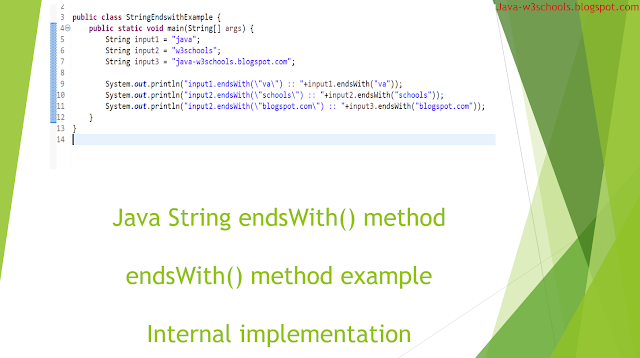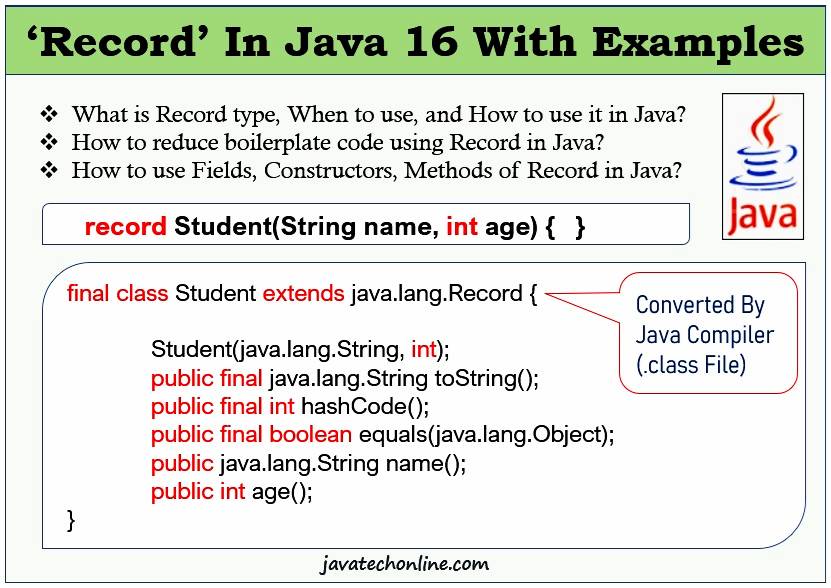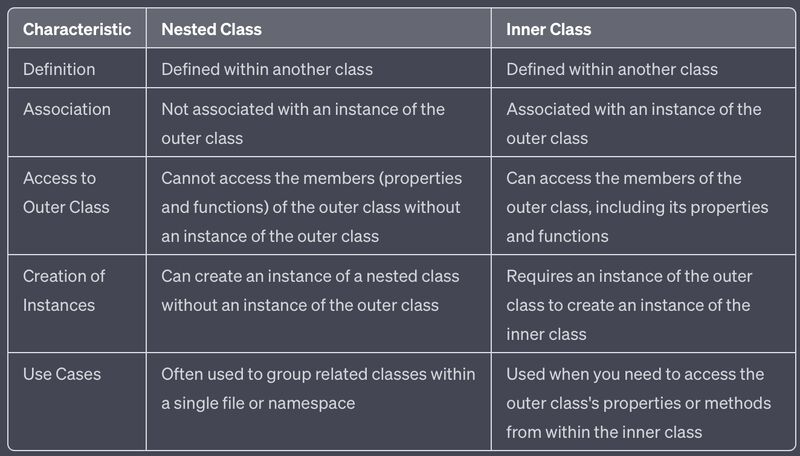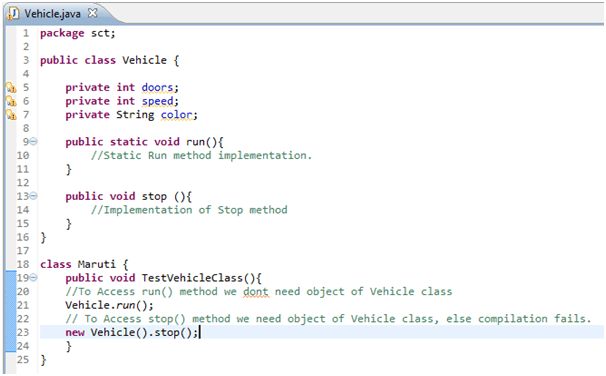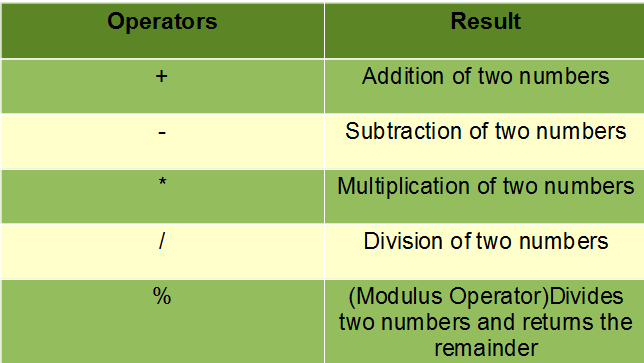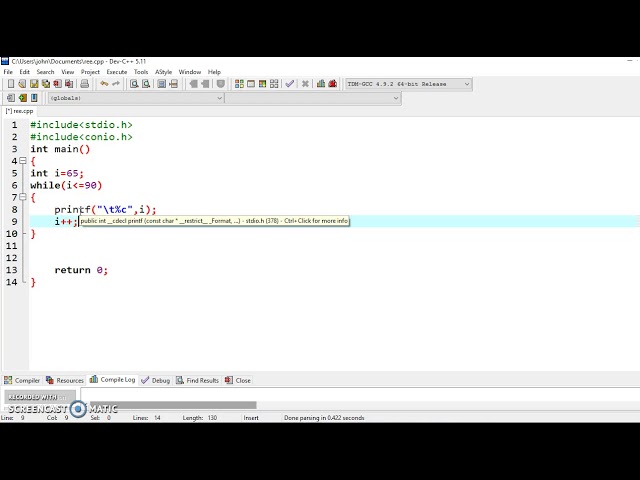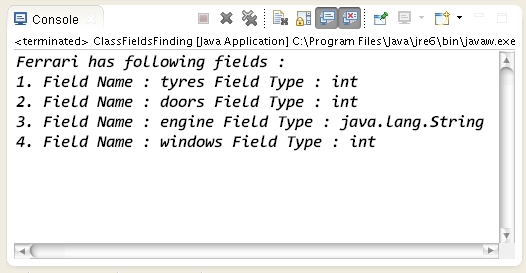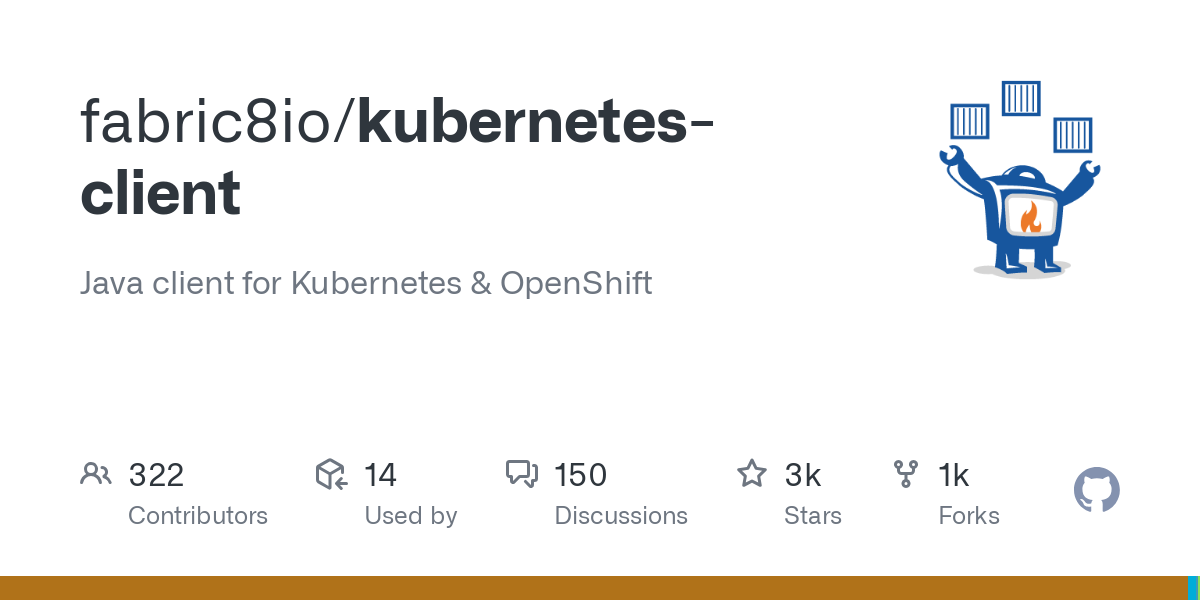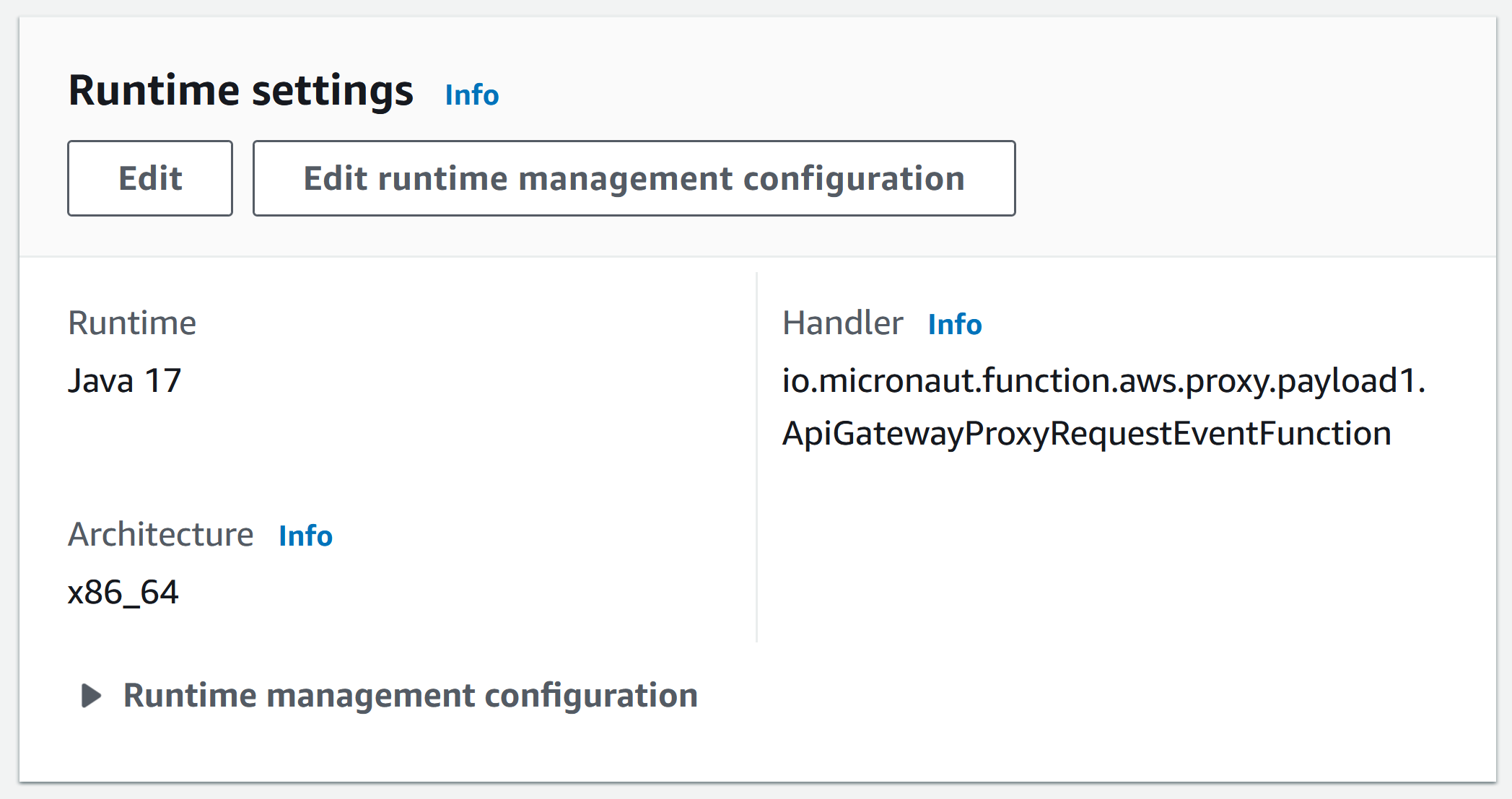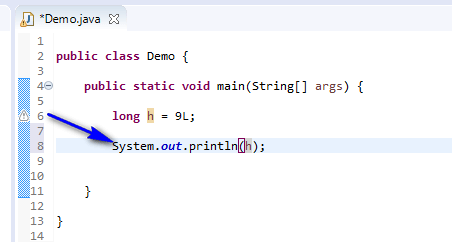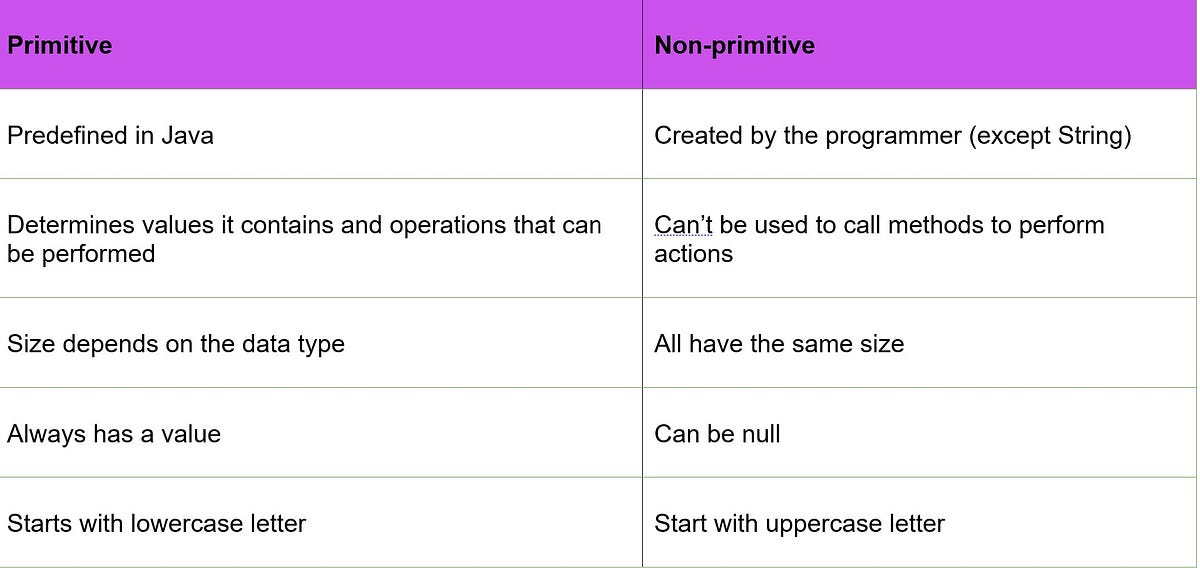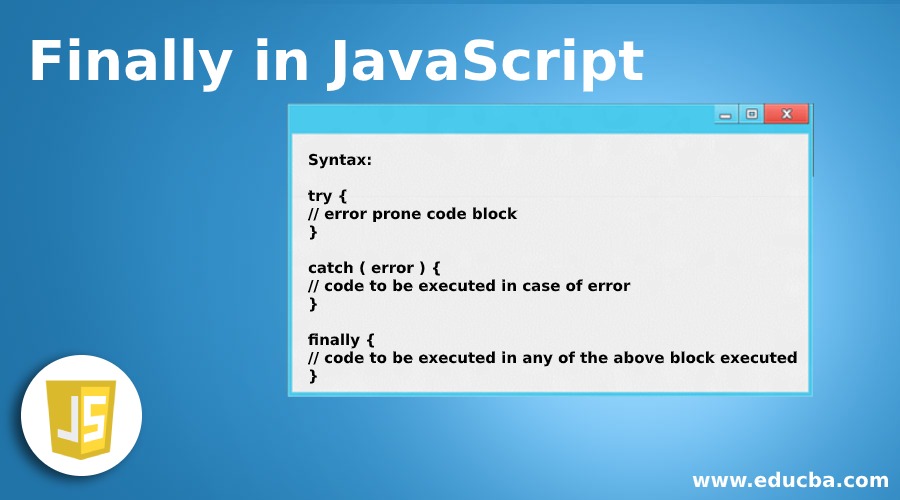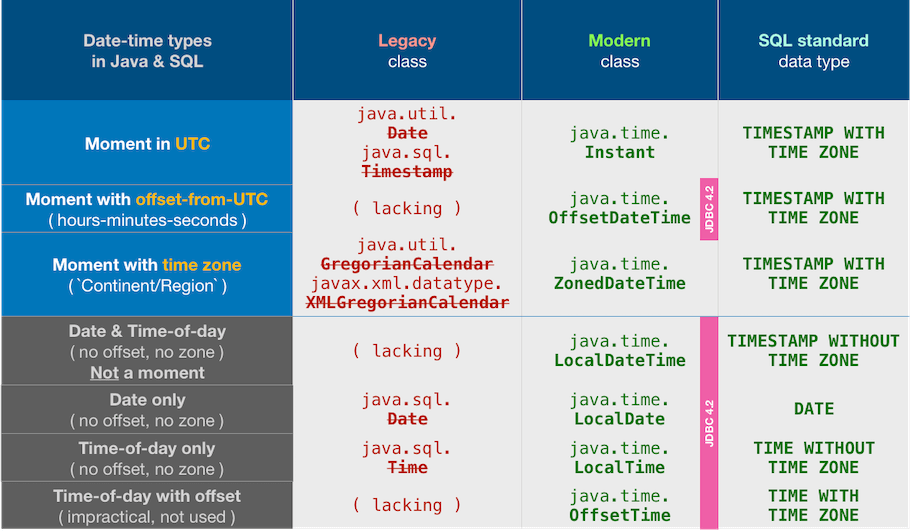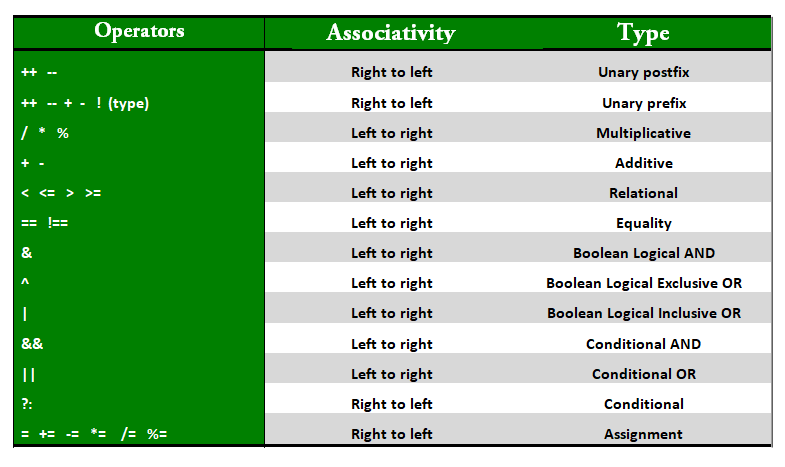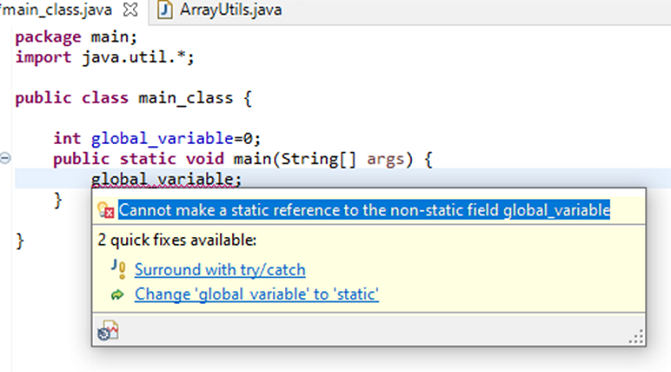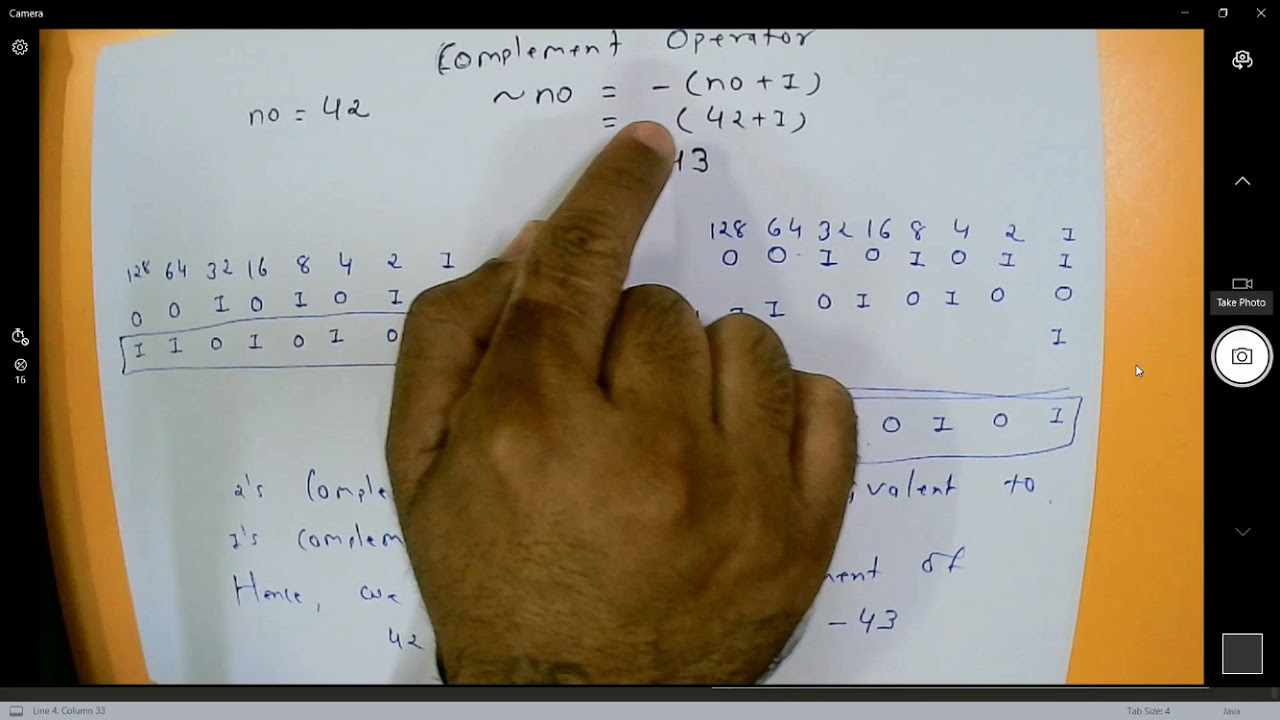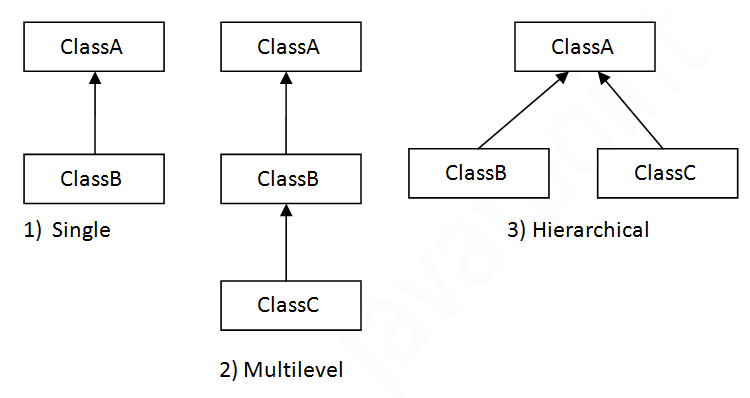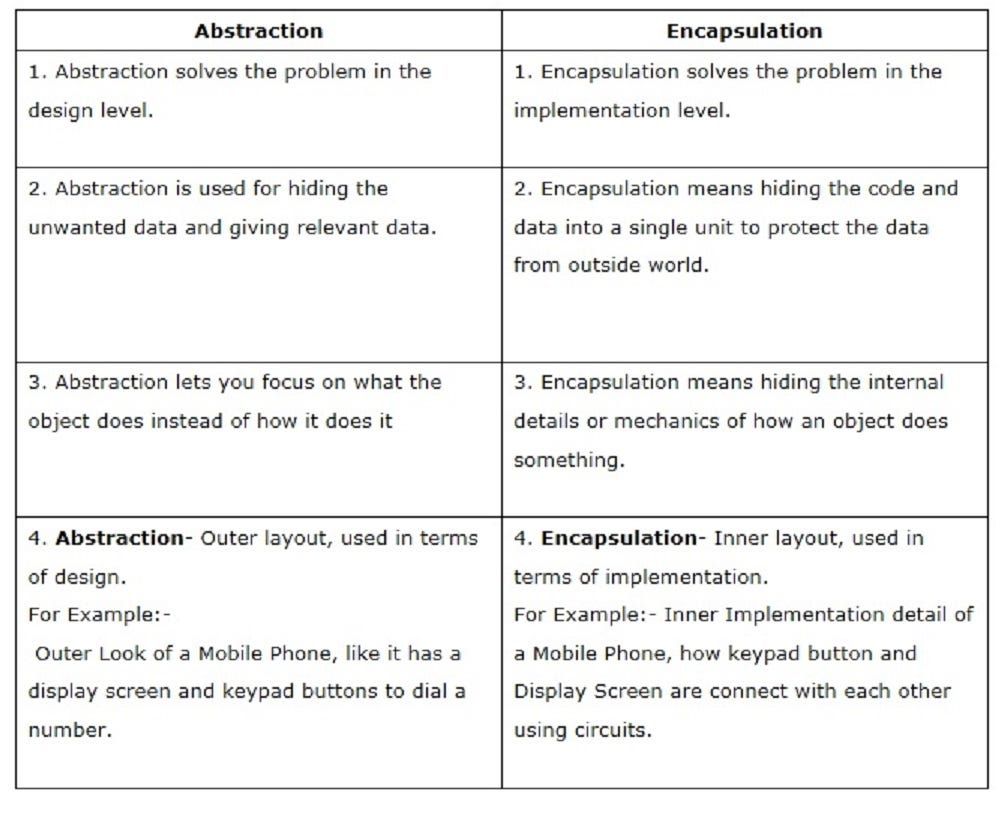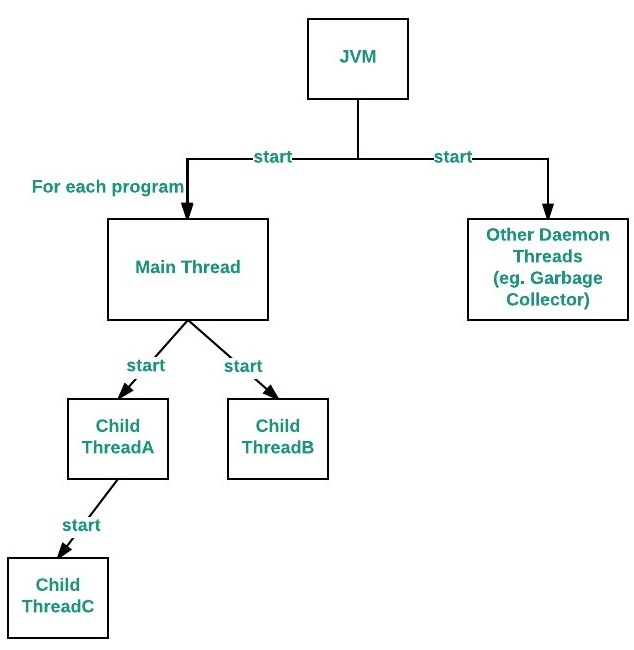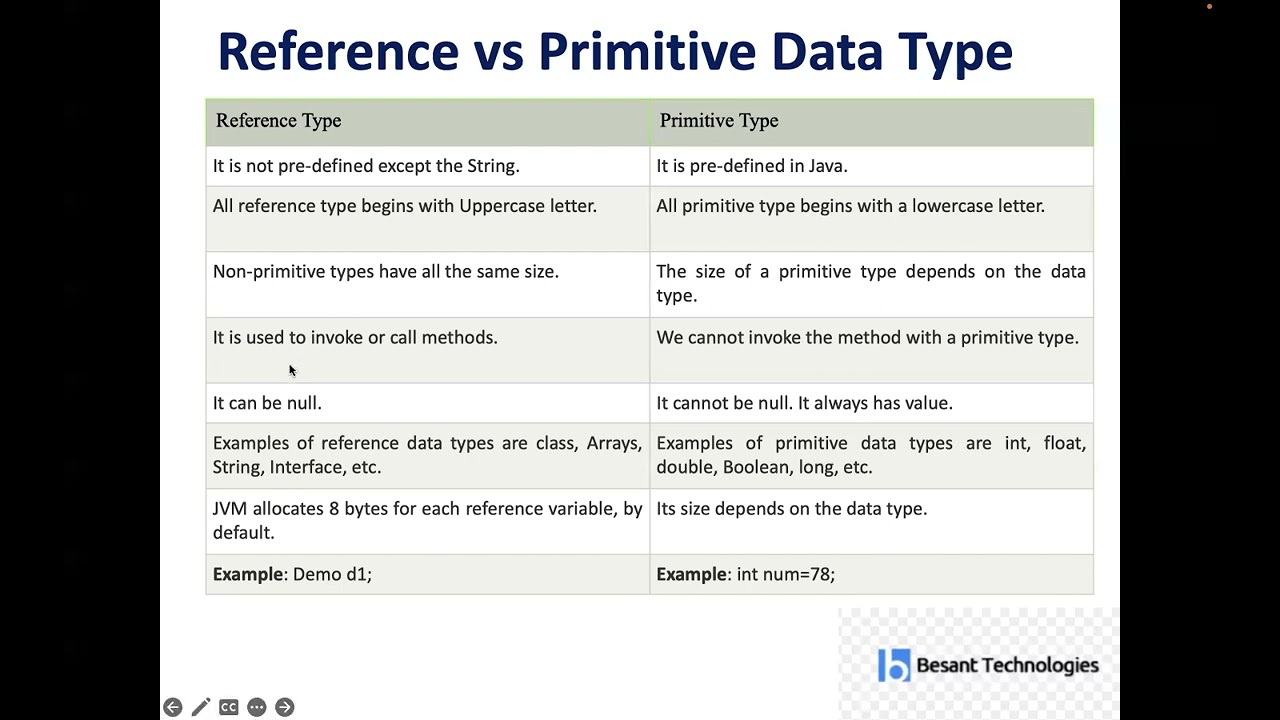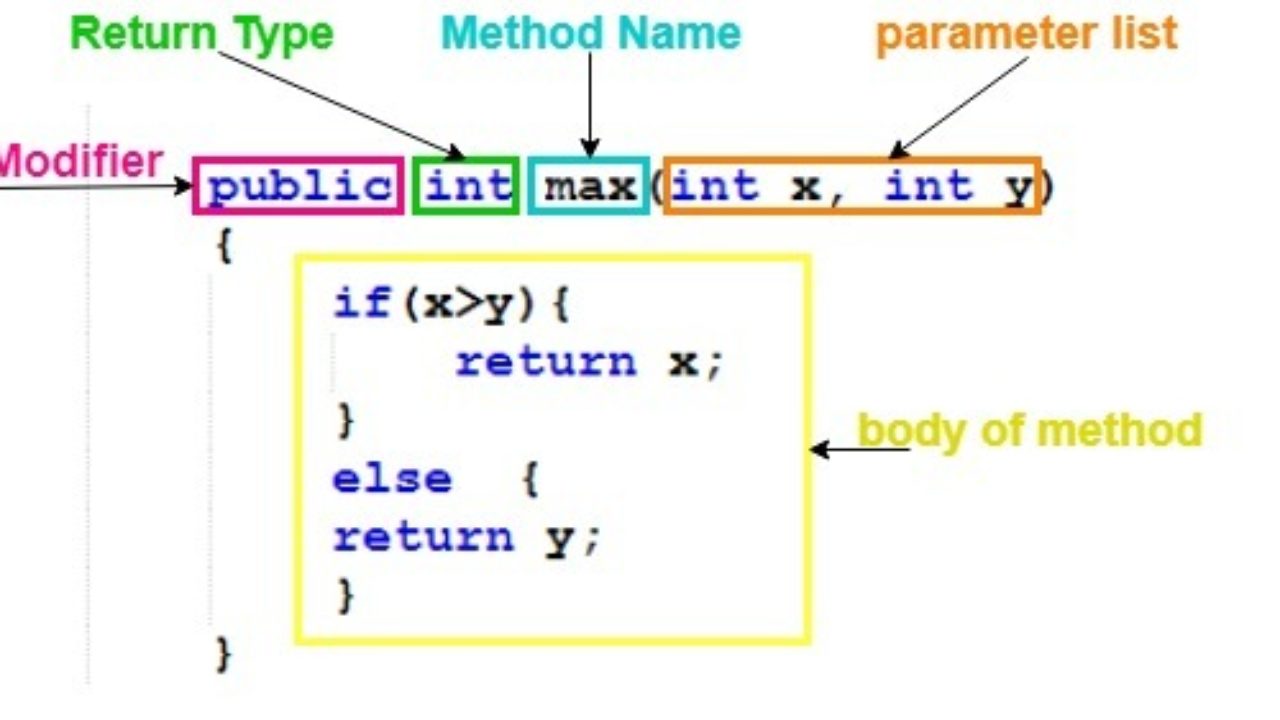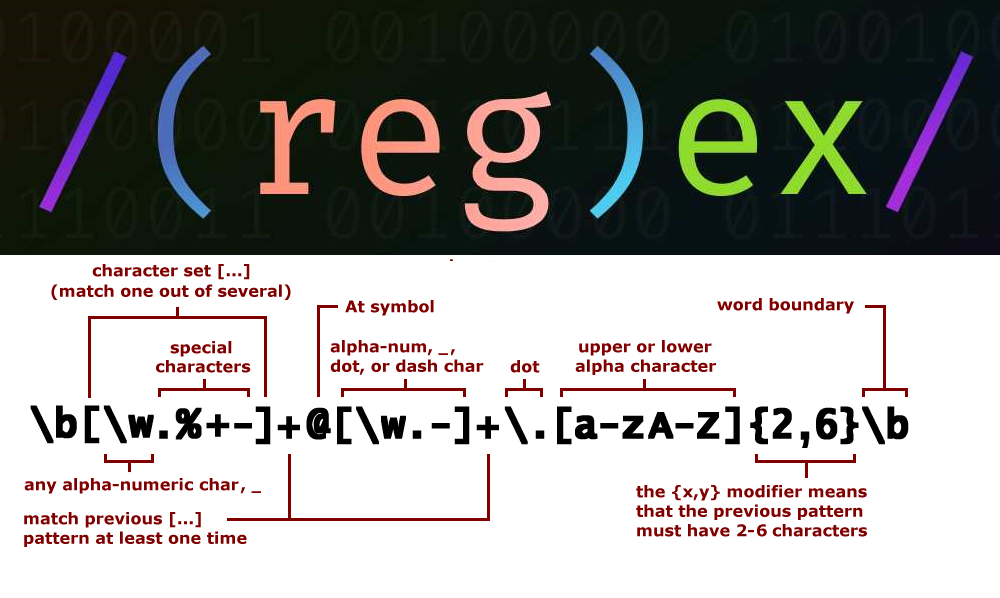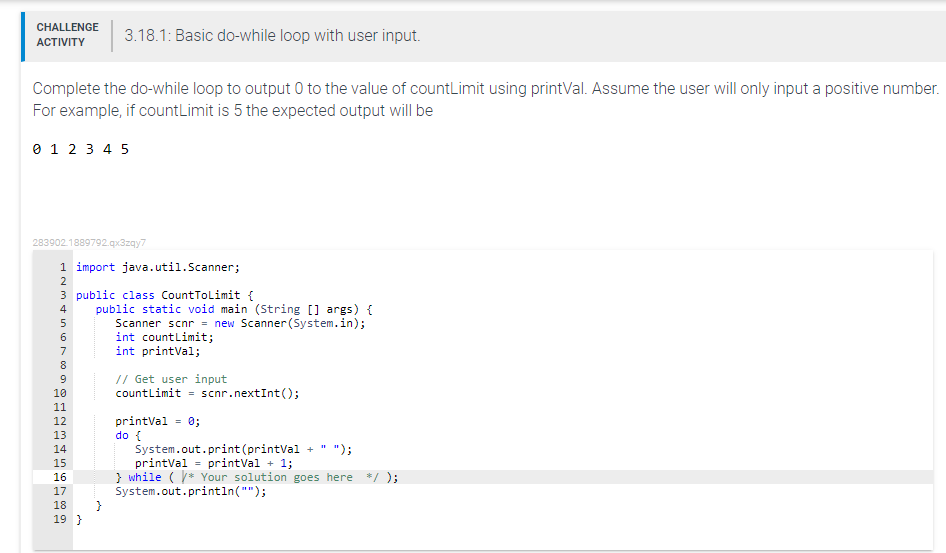java encryption and decryption
java encryption and decryption
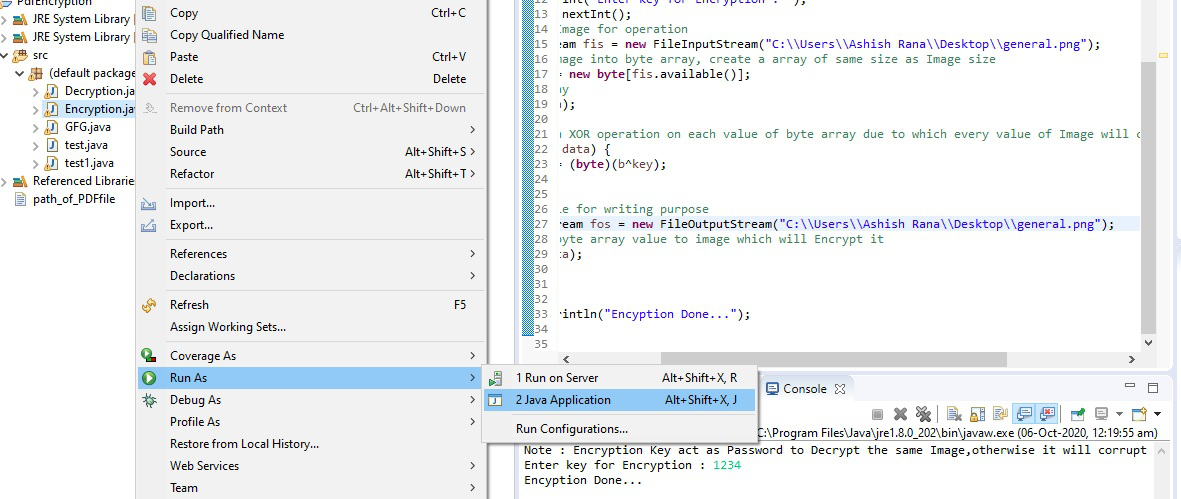
Java provides several classes for performing encryption and decryption tasks efficiently. Here's a comprehensive guide to get you started:
Encryption is the process of converting plain text data into an unreadable format, known as ciphertext, using an algorithm that's designed to be difficult to reverse (decrypt). Java has several built-in classes for encrypting data, including:
javax.crypto.Cipher: This class provides a flexible API for encrypting and decrypting data. You can choose from various encryption algorithms like AES, DES, Blowfish, etc. javax.crypto.SecretKeyFactory: This class is used to generate or load a secret key, which is required for most encryption operations.
Decryption is the process of converting ciphertext back into its original plain text format.
Let's see an example of using these classes:
import javax.crypto.*;import java.security.*;
public class JavaEncryptionDecryption {
public static void main(String[] args) throws Exception {
// Create a secret key
KeyGenerator kg = KeyGenerator.getInstance("AES");
kg.init(new SecureRandom());
SecretKey sk = kg.generateKey();
// Get the Cipher instance for encryption
Cipher cipher = Cipher.getInstance("AES");
cipher.init(Cipher.ENCRYPT_MODE, sk);
// Convert plain text to bytes
String plaintext = "Hello, World!";
byte[] plaintextBytes = plaintext.getBytes();
System.out.println("Plain text: " + plaintext);
// Encrypt the data
byte[] ciphertextBytes = cipher.doFinal(plaintextBytes);
System.out.println("Ciphertext: " + toHex(ciphertextBytes));
// Get the Cipher instance for decryption
cipher.init(Cipher.DECRYPT_MODE, sk);
// Decrypt the data
byte[] decryptedBytes = cipher.doFinal(ciphertextBytes);
String decryptedText = new String(decryptedBytes);
System.out.println("Decrypted text: " + decryptedText);
}
public static String toHex(byte[] bytes) {
StringBuilder sb = new StringBuilder();
for (byte b : bytes) {
sb.append(String.format("%02X", b));
}
return sb.toString();
}
}
This program demonstrates the encryption and decryption of a string using AES algorithm. You can replace the AES algorithm with other supported algorithms like DES, Blowfish, etc., depending on your needs.
Java's built-in classes for encryption and decryption are powerful tools for protecting data in your applications. By choosing the right algorithm and key size, you can ensure that your sensitive information remains secure.
Remember to handle keys securely and never share them with unauthorized users or systems.
What encryption does java use?
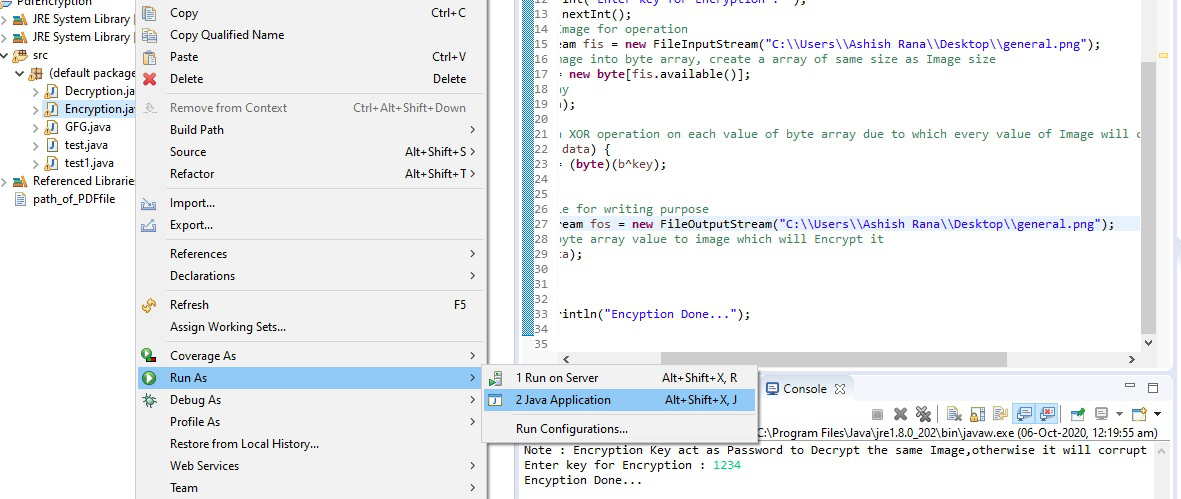
I'll respond in English this time!
Java, as a programming language, uses various encryption algorithms and protocols to ensure secure communication and data protection. Here are some of the primary encryption mechanisms used by Java:
Java Secure Sockets Layer (JSSE): JSSE is a built-in library that provides support for SSL/TLS protocol-based communications. It allows developers to establish encrypted connections between a Java program and a server, ensuring data confidentiality and integrity. Java Cryptography Architecture (JCA): JCA is the foundation of Java's encryption capabilities. It provides a set of APIs that allow developers to perform various cryptographic operations, such as encryption, decryption, key generation, and digital signature verification. The JCA includes algorithms like DES, RSA, DSA, and MD5. Java Elliptic Curve Cryptography (ECC): Java ECC is an implementation of the Elliptic Curve Cryptography algorithm, which is used for key exchange, digital signatures, and encryption. This algorithm provides enhanced security and efficiency compared to traditional public-key cryptography methods.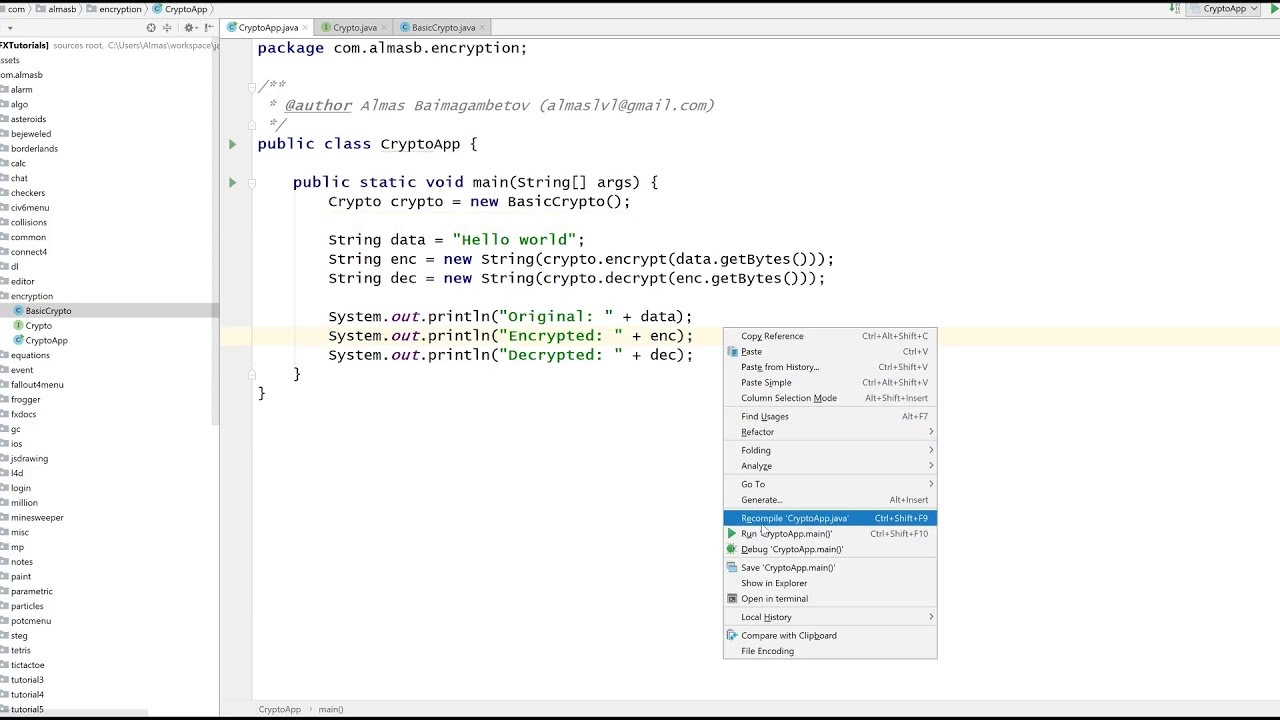
In addition to these built-in mechanisms, Java also supports other encryption technologies and protocols, including:
Transport Layer Security (TLS): TLS is an encryption protocol that ensures secure communication between a client and a server. Java provides support for TLS through the JSSE library. Secure Sockets Layer (SSL): SSL is a predecessor to TLS, and it's still supported by some older Java libraries and applications.Java's built-in encryption capabilities and support for various cryptographic algorithms make it an ideal platform for developing secure applications that require data protection, confidentiality, and integrity.
